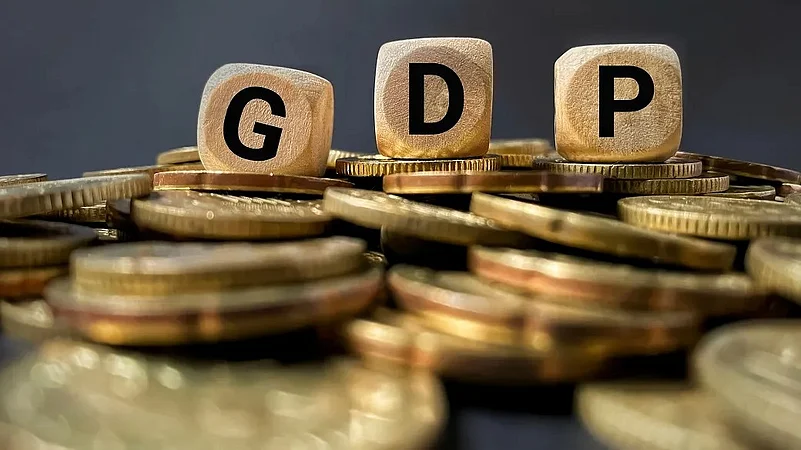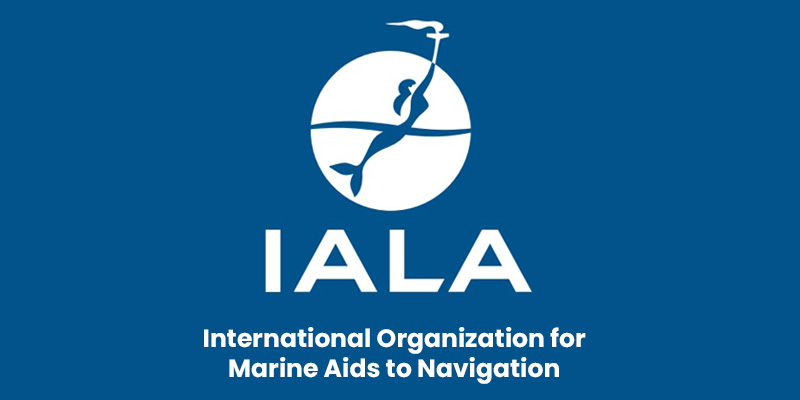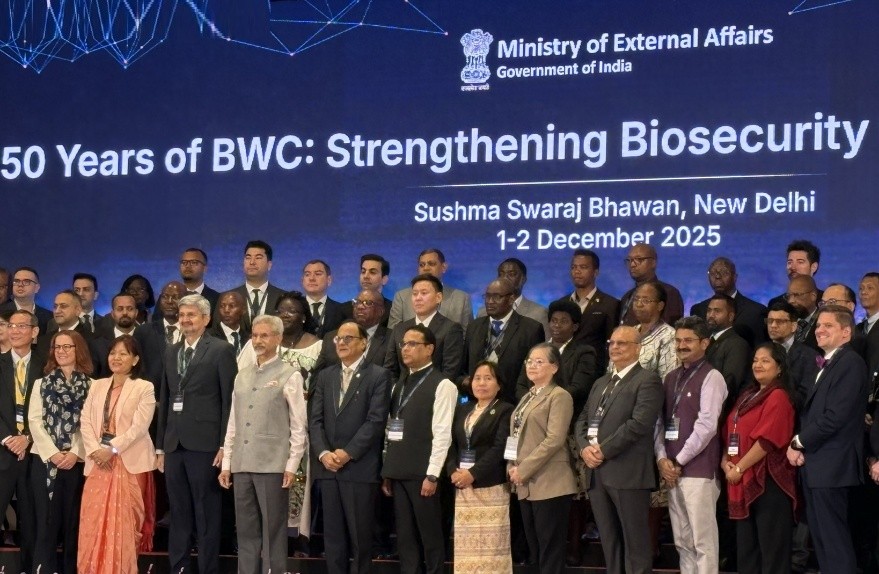Font size:
Print
Five-Year Roadmap for Ethanol Blending in India
Context:
India is making strides towards enhancing energy security and reducing dependency on fossil fuels through ethanol blending initiatives. This roadmap outlines the strategic goals and developments in ethanol blending for the next five years.
Formation of a Committee for Future Targets
- A committee, including representatives from the Ministry of Petroleum and Natural Gas, Ministry of Road Transport and Highways, Ministry of Heavy Industries, Department of Food and Public Distribution, and NITI Aayog, has been established.
- The committee has conducted five meetings and is expected to hold two to three more before submitting its report by March.
- The target for ethanol blending over the next five years is under discussion, with a potential increase to 25% ethanol blending in petrol.
Current Ethanol Blending Achievements
- As of March 2024, 98% of fuel used in road transport was fossil fuel-based, with only 2% from biofuels like ethanol.
- India’s Ethanol Blended Petrol (EBP) Programme initially set a target of 20% ethanol blending (E20) by 2030, advanced to 2025.
- The blending level stood at 17.4% by January 2024, down from 18.8% in December 2023, with a current average of 16%.
- Public sector oil marketing companies blended 707 crore litres of ethanol in 2023-24, compared to 38 crore litres in 2013-14.
Ethanol’s Role in Energy Security and Economic Growth
- Ethanol is a primary biofuel, produced via natural fermentation of sugar or ethylene hydration.
- India requires approximately 1,016 crore litres of ethanol for blending by 2025-26.
- The EBP Programme has saved oil marketing companies ₹1.13 lakh crore in foreign exchange and reduced crude oil consumption by 1.93 crore tonnes.
Moving Beyond E20: Strategic Goals
- From 2026-27, the ethanol blending target may increase to 25% over the next five years.
- India aims for E100 (100% ethanol), collaborating with Brazil for technical support.
- The Indian government is formulating a five-year roadmap to sustain and increase ethanol blending beyond 20%.
Infrastructure and Technological Advancements
- Ethanol production capacity has surged to 1,685 crore litres annually, aiding over 50 million sugarcane farmers.
- The country has 17,400 retail outlets dispensing E20 and 400 pumps dedicated to E100.
- Investments in Flex-Fuel Vehicles (FFVs) and Hybrid Electric Vehicles (HEVs) are encouraged to support higher ethanol blends.
Economic and Environmental Impact
- The EBP Programme has led to a foreign exchange saving of over ₹1.08 lakh crore and CO2 reduction of 557 Lakh Metric Tonnes (LMT).
- Farmers have benefited with ₹57,552 crore in payments through the EBP Programme over three years.
- The sugar industry diverted 2.4 million tonnes of sugar for ethanol production in 2023-24, emphasising sustainability.
Advancing Towards Sustainable Aviation Fuel (SAF)
- India is investing in Sustainable Aviation Fuel (SAF), targeting 1% SAF in jet fuel for international flights by 2027, increasing to 2% by 2028.
- SAF production can enhance farmers’ income by 10-15% through the use of agricultural residue.
Role of the Sugar Industry
- The sugar industry plays a crucial role, with investments in ethanol production and exploring 2G ethanol and SAF.
- Companies like Triveni Engineering & Industries Ltd (TEIL) have significantly contributed with state-of-the-art distilleries.
Policy Recommendations and Future Directions
- The government is focusing on reducing GST on FFVs and implementing differential pricing for ethanol fuel.
- Tax reforms are needed to support Battery Electric Vehicles (BEVs) and normalise the Total Cost of Ownership (TCO) for FFVs.
- Research and development are critical for innovations in 2G ethanol, Sustainable Aviation Fuels (SAF), and ethanol-to-hydrogen conversion technologies.
India’s ethanol blending initiative is a transformative strategy for energy security, economic growth, and environmental sustainability. With targeted government support and industry collaboration, India can surpass the E20 target and aspire for E85 and E100 blending levels.


